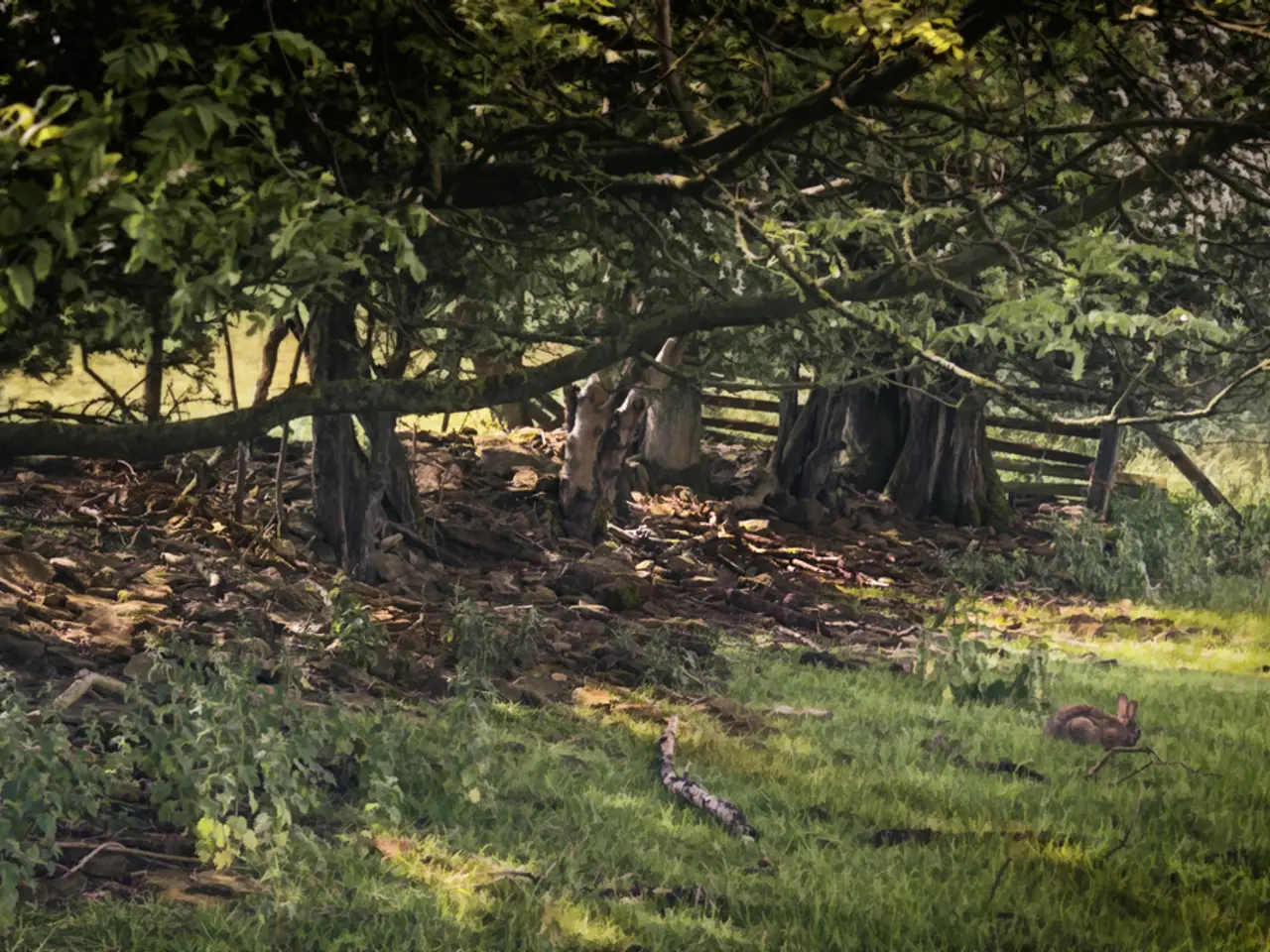Preparing Your Garden for Winter: A Guide
Winter is here, and it's time to safeguard your beloved plants from the cold. Here's a guide on how to protect perennial plants, annual plants, bulbs, trees, and shrubs during the frigid months.
For perennials, bulbs, and tender plants, apply a thick layer of mulch around the base. Straw, leaves, compost, or evergreen boughs work well for insulation, preventing freeze damage to roots. To provide extra protection, especially for prized perennials, build a frame (like a tomato cage), wrap it with burlap, and fill the interior with straw or leaves. Remember to remove the cover when temperatures rise.
Annual plants and container plants need a bit more care. Move pots indoors to an unheated garage, basement, or greenhouse where temperatures stay above freezing. If indoor space is unavailable, wrap pots in bubble wrap, place them on the ground, and cover with insulating materials like burlap, old blankets, or row covers. Hanging pots should be avoided as they are more exposed.
Shrubs and trees require special attention. Knock heavy snow off branches to prevent breakage, especially for fragile branches like those on arborvitae, boxwood, and young rhododendrons. Tie branches upward with rope to support them through snow loads.
For extreme cold events, additional measures such as placing water-filled containers near plants to hold heat overnight or stringing traditional Christmas lights for warmth can help.
To protect crops and smaller plants from frost, use floating row covers. These traps soil heat and prevent frost deposition. Ensure covers reach the ground and are secured tightly to keep cold air out. Heavy-duty row covers provide greater insulation for severe cold.
During the fall season, it's important to enrich the soil for perennials using compost. Dig up and clean the bulbs before the winter season sets in, and give perennials a little cutting back and mulching before the winter. Digging and turning the garden beds restores the texture of the soil and helps retain the garden soil's structure.
Mulch your cool-climate annual plant beds with a 3 to 4 inches layer of chopped leaves, grass cuttings, and other compost materials. Perennial weeds should be dug out during the fall season to retain the garden soil's structure.
For cool climate trees and shrubs, make sure to water them regularly and deeply before the ground freezes. Old blankets or low row cover tunnels can be used to cover compost in vacant garden beds during the winter.
Cool-climate hardy plants, such as carrots, cabbages, Brussels sprouts, and winter peas, protect the soil from erosion by growing massive root systems. Winter mulch protects delicate plant roots from soil erosion, compaction from heavy rains, and fluctuating soil temperatures.
Winter-friendly plants, such as white cyclamen, can be used to enhance the look of raised borders and accentuate certain areas of the garden. Cool-climate perennials should be mulched over the bare soil after the ground freezes. Vacant garden beds can be mulched over without cultivating them first during the fall season.
Remember, perennial plants grow back each year, even in the bitterest winter season. Compost can be used to improve the soil condition and retain moisture in vacant garden beds during the winter. Native flowering plants, shrubs, and trees can provide shelter for birds during the winter season.
Annuals need more TLC during the winter season because they cannot survive the cold. Older trees and shrubs do not need the added fertilizer especially if they are mulched. Cool-climate plants, such as carrots, cabbages, Brussels sprouts, and winter peas, protect the soil from erosion by growing massive root systems.
By following these tips, you can help protect your plants during winter's coldest periods, minimizing frost and freeze damage to roots, branches, and buds. Happy winter gardening!
[1] Gardening Know How. (n.d.). Winterising Perennials. Retrieved March 14, 2023, from https://www.gardeningknowhow.com/garden-how-to/info/winterising-perennials.htm [2] The Spruce. (n.d.). How to Winterize Trees and Shrubs. Retrieved March 14, 2023, from https://www.thespruce.com/winterize-trees-and-shrubs-1412430 [3] The Old Farmer's Almanac. (n.d.). Protecting Plants from Cold Weather. Retrieved March 14, 2023, from https://www.almanac.com/gardening/protecting-plants-from-cold-weather
- To provide an attractive and cozy addition to your home-and-garden, consider planting winter-friendly plants like white cyclamen to boost the aesthetics of raised borders during the colder months.
- For cool-climate perennials that grow back each year, remember to mulch their beds over the bare soil after the ground freezes, enriching the soil for the next growing season with compost before winter sets in.




